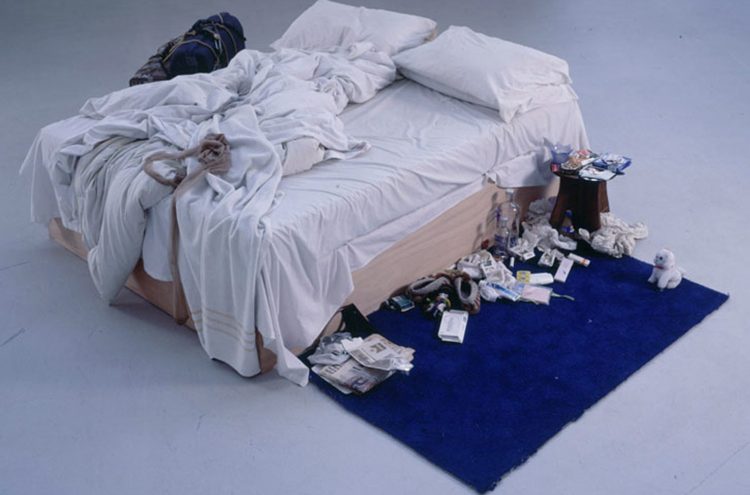
Understanding Sculpture In The Twentieth Century
April 2010 at Lytham Hall
Lecturer Linda Smith BA (Hons) MA (Lecturer at Tate Modern, Tate Britain and the Dulwich Picture Gallery)
The day comprised of three lecture sessions delivered by Linda Smith, a stimulating and very lively NADFAS lecturer. Her starting point was Rodin and the crucial role he played in influencing the development of this art form. She then moved us through to the twentieth century looking at the progression of ideas, significant trends and the works of key sculptors.
This was a hugely enjoyable day and very accessible whatever your level of knowledge. Linda warned that she would not deliver a comprehensive overview but instead offer something a little more idiosyncratic. She also pointed out that artistic change is not neat and tidy and strictly chronological. Nonetheless, her tour through a century of sculpture proved completely coherent.
As someone who is far from expert in this field I was bowled over by the way Linda made it all so comprehensible. She highlighted how, in the nineteenth century, sculpture was dominated by the classical idea of the idealised human body. Then in the early twentieth century, sculptors started to experiment with a range of different materials and ideas about what they could or should represent. She put everything in its social, political and historical context, and showed how sculpture could reflect the current zeitgeist. Jacob Epstein’s The Rock Drill, for example, created before the First World War, was a powerful and striking piece of work, mechanistic and on the surface full of machismo. Following the carnage of the trenches, Epstein hacked it down to size giving it a vulnerable, almost hangdog air in keeping with a more sombre post-war sensibility. She moved on to talk about the way political movements such as the Russian Revolution and Nazism used sculpture for their own ideological purposes: the idealised human body making a comeback in the form of magnificent Aryans in the service of eugenic theories about race, or toiling peasants with rippling muscles depicting the nobility of labour. Linda’s slides aptly illustrated her various points.
We were introduced to many different paradigms and ideas and Linda discussed how sculpture was influenced by and related to other art forms. She touched on many areas, including cubism, surrealism, abstract, and pop art, and helped us to understand how one perceived movement would grow out of another – sometimes as an organic development, but often as protest and rejection of the status quo. By the third session when we came to modern artists such as Jeff Koons and Tracy Emin, Linda had taken us on a journey that helped us to understand how artistically and historically their approaches had been made possible.
The venue was wonderful, the sun shone and after enjoying a light lunch of soup and sandwiches we were able to go out for a stroll and enjoy the grounds. There was no need to be apprehensive about turning up on your own – as I and many other people did. Everybody was friendly and welcoming. There was more opportunity to chat to other members than there usually is at lectures, and Hilary was on patrol throughout the breaks, making sure nobody felt left out! At the end of the day the buzz coming out of the hall was all positive
Marie Riley









